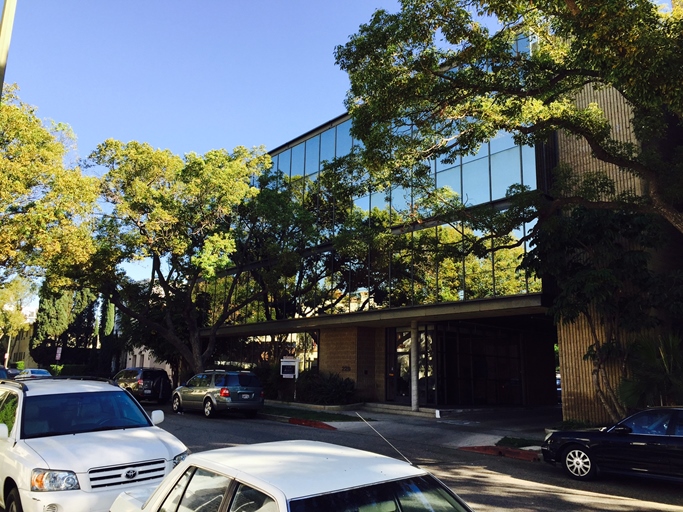The right to bankruptcy is granted in Article I, Section 8, of the United States Constitution which authorizes Congress to enact “uniform Laws on the subject of Bankruptcies.” Under this grant of authority, Congress enacted the “Bankruptcy Code” in 1978. The Bankruptcy Code, which is codified as title 11 of the United States Code, has been amended several times since its enactment. It is the uniform federal law that governs all bankruptcy cases.
These are the general outlines of the law. you may be seeking more information about chapter 7 and chapter 13 that grant debt relief to individuals.
The procedural aspects of the bankruptcy process are governed by the Federal Rules of Bankruptcy Procedure (often called the “Bankruptcy Rules”) and local rules of each bankruptcy court. The Bankruptcy Rules contain a set of official forms for use in bankruptcy cases. The Bankruptcy Code and Bankruptcy Rules (and local rules) set forth the formal legal procedures for dealing with the debt problems of individuals and businesses.
There is a bankruptcy court for each judicial district in the country. Each state has one or more districts. There are 90 bankruptcy districts across the country. The bankruptcy courts generally have their own clerk’s offices.
The court official with decision-making power over federal bankruptcy cases is the United States bankruptcy judge, a judicial officer of the United States district court. The bankruptcy judge may decide any matter connected with a bankruptcy case, such as eligibility to file or whether a debtor should receive a discharge of debts. Much of the bankruptcy process is administrative, however, and is conducted away from the courthouse. In cases under chapters 7, 12, or 13, and sometimes in chapter 11 cases, this administrative process is carried out by a trustee who is appointed to oversee the case.
A debtor’s involvement with the bankruptcy judge is usually very limited. A typical chapter 7 debtor will not appear in court and will not see the bankruptcy judge unless an objection is raised in the case. A chapter 13 debtor may only have to appear before the bankruptcy judge at a plan confirmation hearing. Usually, the only formal proceeding at which a debtor must appear is the meeting of creditors, which is usually held at the offices of the U.S. trustee. This meeting is informally called a “341 meeting” because section 341 of the Bankruptcy Code requires that the debtor attend this meeting so that creditors can question the debtor about debts and property.
A fundamental goal of the federal bankruptcy laws enacted by Congress is to give debtors a financial “fresh start” from burdensome debts. The Supreme Court made this point about the purpose of the bankruptcy law in a 1934 decision:
[I]t gives to the honest but unfortunate debtor…a new opportunity in life and a clear field for future effort, unhampered by the pressure and discouragement of preexisting debt.
Local Loan Co. v. Hunt, 292 U.S. 234, 244 (1934). This goal is accomplished through the bankruptcy discharge, which releases debtors from personal liability from specific debts and prohibits creditors from ever taking any action against the debtor to collect those debts. This publication describes the bankruptcy discharge in a question and answer format, discussing the timing of the discharge, the scope of the discharge (what debts are discharged and what debts are not discharged), objections to discharge, and revocation of the discharge. It also describes what a debtor can do if a creditor attempts to collect a discharged debt after the bankruptcy case is concluded.
The bankruptcy process is complex and relies on legal concepts like the “automatic stay,” “discharge,” “exemptions,” and “assume.” Therefore, the final chapter of this publication is a glossary of Bankruptcy Terminology which explains, in layman’s terms, most of the legal concepts that apply in cases filed under the Bankruptcy Code




